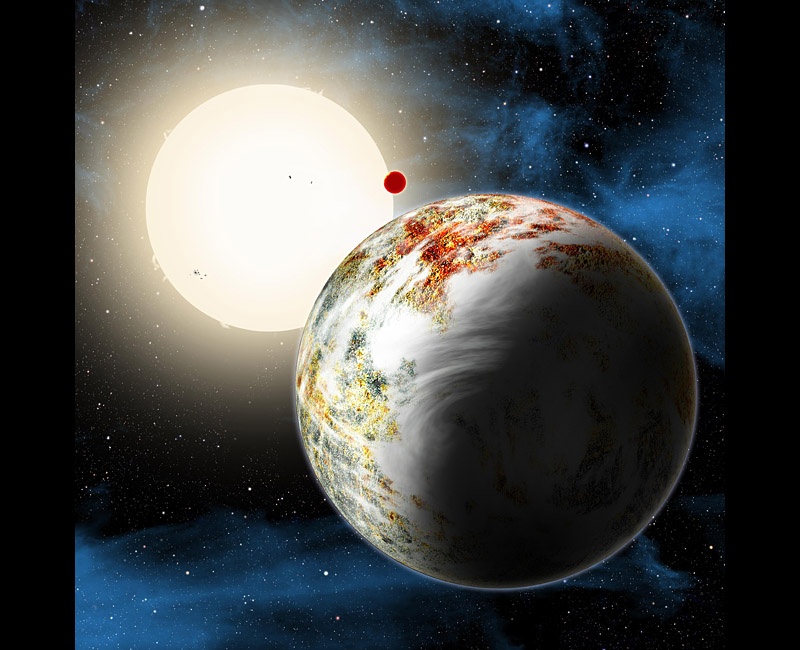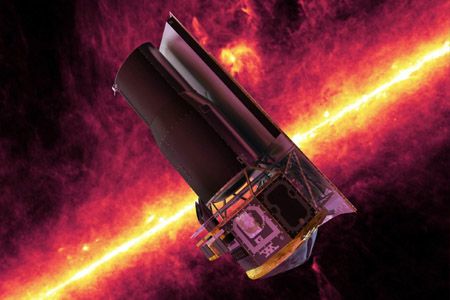
Kepler kept observing beyond its original three-and-a-half-year mission, until May 2013, when the second of four reaction wheels failed. Over four years, the telescope recorded the brightness of over 150,000 stars, which astronomers used to discover thousands of possible planets beyond our solar system.
#Kepler space telescope Patch
In 2009, NASA launched the Kepler telescope into space, where it followed the Earth’s orbit and continuously monitored millions of stars in a patch of the northern sky. Vanderburg’s co-authors are lead author Elyse Incha, at the University of Wisconsin at Madison, and amateur astronomers Tom Jacobs and Daryll LaCourse, along with scientists at NASA, the Center for Astrophysics of Harvard and the Smithsonian, and the University of North Carolina at Chapel Hill. The team has published their discovery today in the journal Monthly Notices of the Royal Astronomical Society. “The planets themselves are not particularly unusual, but their atypical discovery and historical importance makes them interesting.” “We have found what are probably the last planets ever discovered by Kepler, in data taken while the spacecraft was literally running on fumes,” says Andrew Vanderburg, assistant professor of physics in MIT’s Kavli Institute for Astrophysics and Space Research. This Neptune-sized candidate orbits its star in around 10 days, and is slightly farther away, 1,200 light years from Earth. The planet candidate is EPIC 246251988 b - the largest of the three worlds at almost four times the size of the Earth. The two validated planets are K2-416 b, a planet that is about 2.6 times the size of the Earth and that orbits its star about every 13 days, and K2-417 b, a slightly larger planet that is just over three times Earth’s size and that circles its star every 6.5 days. For their size and proximity to their stars, both planets are considered “hot mini-Neptunes.” They are located about 400 light years from Earth. The scientists determined that two of the stars each host a planet, while the third hosts a planet “candidate” that has yet to be verified. The team combed through the telescope’s last week of high-quality data and spotted three stars, in the same part of the sky, that appeared to dim briefly. Now, astronomers at MIT and the University of Wisconsin at Madison, with the help of citizen scientists, have discovered what may be the last planets that Kepler gazed upon before going dark. 30, 2018, its fuel tanks depleted, the spacecraft was officially retired. In its last days, the telescope kept recording the brightness of stars as it was running out of fuel. Over nine and a half years, the spacecraft trailed the Earth, scanning the skies for periodic dips in starlight that could signal the presence of a planet crossing in front of its star. Over half were discovered by NASA’s Kepler Space Telescope, a resilient observatory that far outlasted its original planned mission. More than 2,600 planet discoveries from outside our solar system, many of which could be promising places for life.More than 5,000 planets are confirmed to exist beyond our solar system. Kepler leaves a legacy of more than 2,600 planet discoveries from outside our solar system, many of which could be promising places for life.


NASA has decided to retire the spacecraft within its current, safe orbit, away from Earth. The mission began new types of research as well, such as the study of objects within our solar system, exploded stars, and distant supermassive black holes at the hearts of galaxies.Īfter nine years in deep space collecting data that indicate our sky to be filled with billions of hidden planets - more planets even than stars - NASA's Kepler space telescope has run out of fuel needed for further science operations. K2 still hunted for planets, but it scanned a larger swath of sky than before, along the ecliptic plane. In 2013, Kepler was assigned a new mission called "K2." Two of the spacecraft's reaction wheels had failed, so engineers came up with a clever scheme to redesign the mission. A handful of planets are thought to be rocky like Earth (but a bit bigger), and orbit in the habitable zone of their stars, where liquid water - an essential ingredient of life as we know it - might exist.

Using data from the Kepler mission and the extended K2 mission, scientists have identified more than 2,800 candidate exoplanets and have confirmed more than 2,600 of these as bona fide planets.

Kepler was a space telescope designed to survey a portion of the Milky Way galaxy in search of exoplanets, which are planets outside our solar system.


 0 kommentar(er)
0 kommentar(er)
